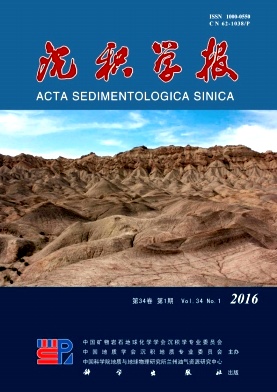Sedimentary Types and Significance of Deep-water Bottom Currents Deposit in the Pingxiang Basin, Guangxi
doi: 10.14027/j.cnki.cjxb.2016.01.005
- Received Date: 2014-04-08
- Rev Recd Date: 2015-03-26
- Publish Date: 2016-02-10
-
Key words:
- internal-wave and internal-tide /
- combined-flow /
- deep-water bottom current /
- Pingxiang Basin
Abstract: The internal-wave, internal-tide and combined-flow deposit of the ancient deep-water system is a new find in recent twenty years. As the sedimentary records are rare, the sedimentology research on the bottom currents in the deep-water system is restricted. Based on detailed analysis of the geological sections and sedimentary outcrop columns, there exists bottom current deposits in the deep-water deposits of Pingxiang Basin. This paper deeply analyzes the sedimentary structure and paleocurrent of these bottom current deposits. The bottom current deposits consist of internal-wave, internal-tide and combined-flow deposits. The internal-wave and internal-tide deposits are characterized by bidirectional cross lamination, unidirectional cross lamination and lenticular lamination. The combined-flow deposit is characterized by combined-flow ripple lamination, hummocky cross lamination and sharp climbing ripple lamination. Furthermore, it shows the interaction between turbidity and bottom currents. This paper provides a new sample for the research of bottom currents in the ancient deep-water system.
| Citation: | SONG Bo, YAN QuanRen, XIANG ZhongJin, LI XiangDong, GAO JingMin, WANG YanWen, LI XianBing. Sedimentary Types and Significance of Deep-water Bottom Currents Deposit in the Pingxiang Basin, Guangxi[J]. Acta Sedimentologica Sinica, 2016, 34(1): 58-69. doi: 10.14027/j.cnki.cjxb.2016.01.005 |






 DownLoad:
DownLoad: